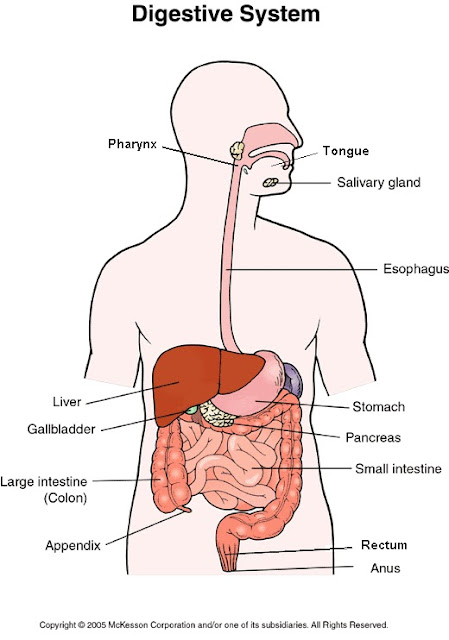Unit 2: Our body and Health.
We are going to see:
- the Digestive system
- How our eye functions.
- Healthy habits and illnesses.
ENLACES EN ESPAÑOL:
http://www.supersaber.com/digestivo.htm
https://www.youtube.com/embed/d6bnSyk8BrU
https://www.youtube.com/embed/-1jCArmZryw
http://link.edelvives.es/tphmu
http:// link.edelvives.es/vtohk
http://link.edelvives.es/jkdcr
http:// link.edelvives.es/dervo
http://link.edelvives.es/ipedv
The Digestive System.
http://www.myscience8.com/
You click on Human Biology- Module IV: digestive system.
Podéis mirar los otros Módulos también: skeleton, ...etc
http://www.sheppardsoftware.com/health/anatomy/digestion/digestion_game_2.htm
Here you can place each organ by moving the mouse. Colocar los órganos en su sitio.
https://youtu.be/GJtIAugo35I
How to draw an eye and learn its parts.
http://www.sheppardsoftware.com/health/anatomy/skeleton/Skeleton_game_1.htm
Para repasar el esqueleto
https://youtu.be/9Fr1iDqemjY
healthy habits song
https://youtu.be/z7EwcgF31Jw
video para repasar los nutrientes necesarios para una alimentación equilibrada.
Fichas: Material que se ha dado en clase:
Human Body: Systems (fast facts)
The human body is made up of a head, neck, torso, two
arms and two legs.
There are many systems in the human body:
- Circulatory
System (heart, blood, vessels)
- Respiratory System (nose, trachea, lungs)
- Immune
System (many types of protein, cells, organs, tissues)
- Skeletal
System (bones)
- Excretory
System (lungs, large intestine, kidneys)
- Urinary
System (bladder, kidneys)
- Muscular
System (muscles)
- Endocrine
System (glands)
- Digestive
System (mouth, esophagus, stomach, intestines)
- Nervous
System (brain, spinal cord, nerves)
- Reproductive System (male and female reproductive organs)
DIGESTIVE SYSTEM
After the food has been ground and stirred in the stomach it moves to the intestines. The intestines are very long and coiled up. If you stretch them out, they would be longer than you are tall. Adults intestines are almost twenty-seven feet long. The narrow part of the intestine is called the small intestine. The bigger part is called the large intestine.
In the small intestine, the food is mixed with more chemicals and liquids. The pieces of food become very small; too small to see. These very small pieces are called nutrients and are absorbed into the blood. The blood carries these nutrients to all parts of the body.
Blood passes through the body and goes through another organ in the digestive system. This organ is called the liver. It is on the right side of the body near the lowest rib. One job of the liver is to clean the blood. The liver also sends liquids and chemicals to the small intestine.
Some of the food is left in the small intestine and cannot be digested. It is then passed to the large intestine. It leaves the body through a little hole called the anus when you go to the bathroom.
The liquids the body does not use are also carried away. Blood carries good nutrients and waste through the body. The waste goes through two organs called the kidneys. The kidneys help clean the blood. The watery liquid not used is called urine. The urine goes into a little bag called the bladder. Urine leaves the bladder when it is pushed out of the bladder through a tube called the urethra.


